Hi! I’d love to share a bit about myself and my hobbies, starting with one of my brightest passions – anime. I know Japanese animation isn’t for everyone, but for those who enjoy it, I hope you’ll like my list of personal favorites.
My journey with anime began when I was around 7 years old. We had just gotten cable TV, and occasionally, there would be a channel that aired anime. My first experiences were with *Shaman King*, *The Adventures of Jing*, and of course, *Naruto*. As my interest grew, I started collecting magazines, posters, DVDs, and eventually found an entire online community of fellow anime lovers. Like many, my parents weren’t too thrilled about this obsession, but for me, anime opened up colorful, captivating worlds with stories that felt so fresh and exciting.
What we watch as kids can take on a whole new meaning when we experience it as adults. That’s why I’ve decided to share a list of anime that really impacted me in my later years. I’ve always been selective with my choices; I didn’t necessarily chase the latest releases or the ones at the top of the charts. I picked anime intuitively, following what felt right.
So, here’s my list. I hope it makes for an enjoyable read and a cozy evening!
1.Fullmetal Alchemist
This anime follows two brothers, Edward and Alphonse, who come from a family of talented alchemists. At just 10 and 11 years old, they attempted what they thought was an incredible feat: bringing their deceased mother back to life. But the result was tragic. Edward lost his leg, and Alphonse vanished completely. In a desperate attempt to save his brother, Edward sacrificed his arm to bind Alphonse’s soul to a suit of armor.
But their journey didn’t end there. The brothers became determined to find the legendary Philosopher’s Stone, a powerful artifact they believed could bypass the rules of equivalent exchange and restore their bodies. Yet, they weren’t alone in seeking it, and their journey was filled with powerful enemies, allies, and moral dilemmas.

“Fullmetal Alchemist” is based on a manga and has two anime adaptations, along with two full-length films and a live-action movie. While I enjoyed both anime series, the second adaptation, *Fullmetal Alchemist: Brotherhood*, left a stronger impression on me. The first series started faithfully but later diverged from the original story, as the manga was still ongoing at the time. *Brotherhood*, however, follows the manga’s storyline more closely, delivering a more complete and satisfying narrative.
This anime captured me from the very first episode, where you immediately sense the deep, often mature themes at play. Throughout the series, the brothers’ conversations touch on profound ideas about life, loss, and sacrifice. Edward and Alphonse, who paid a tremendous price for trying to bring someone back to life, see the world differently than most. They come to understand that to gain something, one must give up something in return – a principle not only of alchemy but of life itself. The brothers are willing to take great risks to reclaim their bodies, even if it means facing painful truths about the world and themselves.
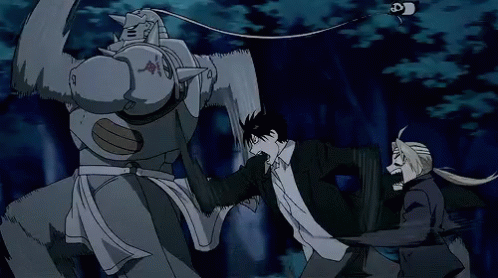
The anime also delves into the beauty of imperfection. Edward and Alphonse believe that imperfection makes life beautiful – that what one person might see as flawed, someone else might cherish. It’s these multifaceted perspectives that make the world so interesting, and this theme is woven throughout the show.

In “Fullmetal Alchemist”, you’ll see beautifully crafted locations, meet memorable characters, and experience a rich story filled with philosophical insights, humor, and compelling twists. Every character, whether hero or villain, is multidimensional, with their own motivations and struggles. And I have to mention the stunning fight scenes and powerful soundtrack, which add even more depth to the experience.
In short, “Fullmetal Alchemist” is an anime with a captivating story, thought-provoking themes, and some fantastic action and humor. I highly recommend giving it a watch – you might just find yourself hooked.
2. Black clover
In a world where magic solves everything, fate brought together two boys—Asta and Yuno—who were left on the doorstep of a church on the same day. From a young age, their paths began to diverge: Yuno was gifted with extraordinary magical talent, impressing everyone around him with his abilities, while Asta turned out to be the only person in the kingdom with no magic at all. However, his indomitable spirit and perseverance make him a formidable rival, fully determined to reach great heights and prove his worth.
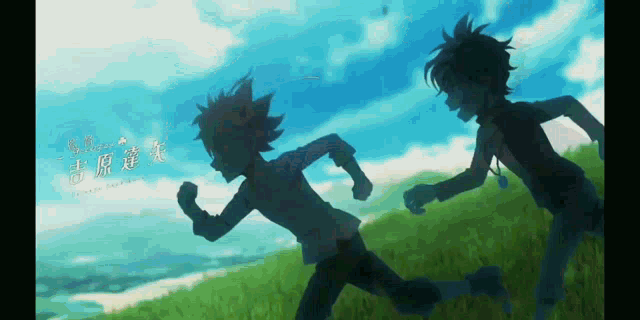
When they both turn fifteen, they receive their grimoires—magical books that enhance their owner’s power. Yuno receives the rare four-leaf clover grimoire, symbolizing luck and strength, while Asta, against all odds, acquires an even rarer five-leaf clover grimoire. This unique grimoire grants Asta anti-magic abilities, allowing him to neutralize spells and reflect them against enemies, making him a one-of-a-kind mage who can stand up to any magician despite his lack of traditional magic.
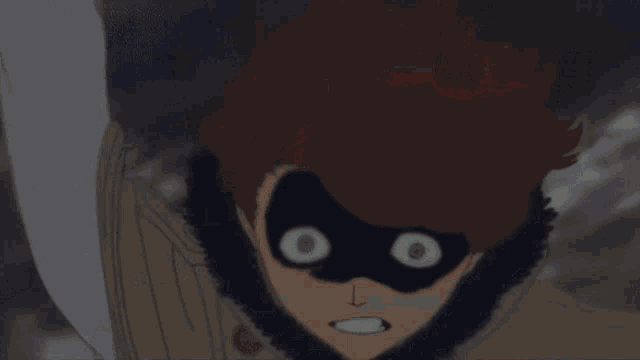
The story of “Black Clover” unfolds in the Clover Kingdom, divided into four magical regions: the Fire Lands, Water Lands, Wind Lands, and Clover Capital. Social inequality is deeply entrenched within the kingdom: nobles, who possess great reserves of mana, live in luxury, while commoners, often weaker in magic, face discrimination. Asta, as a commoner, feels this inequality even more sharply, yet firmly believes he can change things by becoming the Wizard King—the highest-ranking mage who symbolizes justice and protects the kingdom.
Each arc of the anime is filled with new locations and unique challenges. We’re taken to diverse worlds, from the depths of the sea to the Witch’s Forest and mysterious other kingdoms. Every chapter adds something new to the world, expanding its boundaries and drawing the viewer in deeper.
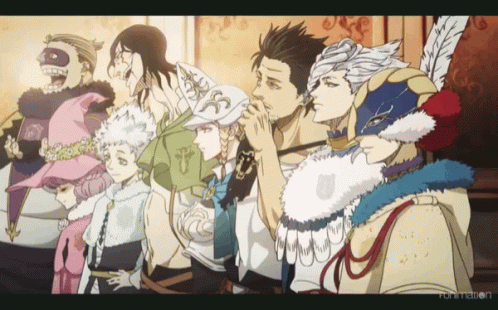
“Black Clover” inspires not only with its adventures and thrilling battles but also with the relationships between its characters. Yuno and Asta, though rivals, support each other and share their common dream. The Black Bulls guild, which Asta joins, is an unusual team, each member with unique abilities and personalities. Their captain, Yami Sukehiro, is a strict leader on the one hand but also a person who values courage and perseverance, always standing by his squad. The interactions between guild members, their comedic and dramatic moments, make the story feel lively and full of warmth.
It’s also worth noting the high quality of animation and well-choreographed battle scenes. Each fight in “Black Clover” is not just a confrontation but a spectacular performance with magic, swords, and sheer determination.
The musical score is another strong point of the anime. Openings, endings, and soundtracks emphasize the atmosphere and emotions, making each moment more vivid. The songs quickly became fan favorites and brought even more emotional depth to the anime.
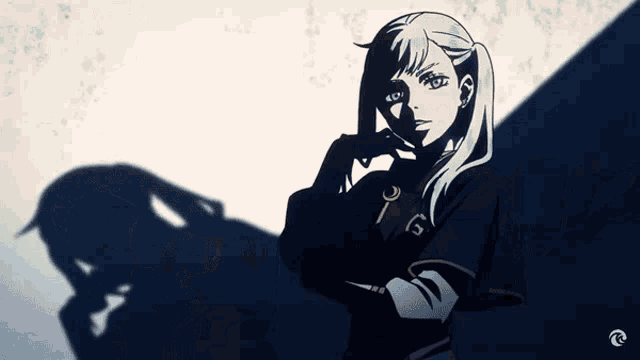
“Black Clover” is a story about self-overcoming and how faith in oneself can help conquer even the greatest obstacles. Asta and Yuno remind us that dreams are achieved not only through strength but also through hard work, belief, and staying true to one’s principles.
3. Doctor Stone
The story of Doctor Stone centers around Senku, a young genius with a superhuman intellect, and his close friend Taiju, who is known for his impressive physical strength. Taiju decides to confess his love to Yuzuriha, a girl he has loved since childhood, but just as he is about to do so, an extraordinary event occurs: everyone in the world is turned to stone statues in an instant.
The narrative then jumps 3,700 years into the future, where civilization has long since disappeared. In this petrified world, Senku and Taiju manage to break free from their stone shells, reunite, and set out on a mission to rebuild humanity from scratch.
What makes this anime truly captivating is its educational and highly engaging approach to science. The show presents scientific concepts in such an interesting and informative way that you may find yourself wanting to experiment and learn more. The characters, with their diverse personalities and backgrounds, are each unique and bring their own strengths to the table. The combination of humor, unconventional decisions, and the powerful themes of friendship and science are brilliantly explored.
One of the most thought-provoking aspects of the series is how it highlights the innovations of humankind. It makes you realize how we use complex technology daily without ever thinking about the incredible effort and creativity that went into developing it. The show prompts viewers to consider how they would fare in a primitive world, with only the knowledge of the present day. Could you become a great inventor or researcher capable of guiding humanity toward new discoveries?
In a world where we take technology for granted—smartphones, computers, household appliances, cars—Doctor Stone asks the question: would we have the knowledge and resources to rebuild such inventions from scratch if we were transported back to an earlier, less developed time? It makes us reflect on the vast scale of human progress and the immense effort required to achieve the modern lifestyle we enjoy today.
Japanese creators have long understood that anime and manga are not just for entertainment; they can also serve as an educational tool. By presenting knowledge in an engaging and visually appealing way, anime can teach complex subjects in a way that is accessible and fun. Doctor Stone exemplifies this by blending entertainment with education, showcasing the wonders of science and its potential to shape the future.

The animation itself is colorful and vibrant, effectively capturing the desolate yet beautiful atmosphere of the “stone world.” The visuals convey Senku’s personality and ideas, illustrating his vision for rebuilding civilization. His interactions with friends, foes, and the world around him demonstrate his drive and determination. Despite his brilliance, Senku is shown to be an ordinary person with his own human flaws and desires, making him a relatable and intriguing protagonist.
The main message of the anime is powerful: “Even if the world is destroyed and we return to a stone age, there will always be people who will persevere, no matter the obstacles. The power of science resides in all of us, whether we are craftsmen, scientists, or even so-called magicians. We will continue to move forward. That is evolution.” This message of hope and persistence is what makes Doctor Stone such an inspiring and exciting anime to watch. It’s not just about science—it’s about the determination to rebuild and improve, no matter the odds.
4. Death Parade
Death Parade is an anime that takes place in a mysterious bar, where the bartender, Dekim, works alongside a beautiful brunette who initially doesn’t remember her name. This woman is later revealed to be Chiyuki. While the bar might seem unimportant at first glance, it’s actually the visitors—people who have died at the same moment—who truly matter.
In this world, after death, souls don’t immediately go to either heaven or hell. Instead, they must undergo a trial to determine whether they will be reborn or face eternal oblivion. The judgment is delivered by beings who resemble humans but are emotionless, ensuring that their decisions are free from any bias. Dekim is one of these beings.
The judges adhere to three main rules:
- Judges cannot stop the sentencing, as their entire existence is tied to this process.
- Judges cannot know death, as doing so would make them too similar to humans.
- Judges cannot experience emotions, as they are merely “dolls” performing their role.

Though the anime focuses on Dekim and Chiyuki, its true strength lies in the secondary characters—the souls of the deceased, who come to the bar. Each of these characters has a unique, often tragic life story that adds layers to the narrative. The emotional depth of these stories is what makes Death Parade so compelling.
As Dekim wisely states, “Life is full of mysteries. Each individual life has its own history, but in the end, it still weaves with others, and no one knows what it will lead to.” The stories of the “guests” are rich with complexity and emotions, making it easy for viewers to connect with them. Each person has their own fears, regrets, and dreams, and the writers have crafted these narratives in such a way that it’s impossible not to feel empathy for what unfolds.

The style of Death Parade is also worth noting. The bar’s interior is elegant, the alcohol refined, and the background music—comprising violin, piano, and saxophone—sets the perfect mood. The music plays a huge role in creating the anime’s atmosphere. The opening theme features moving jazz, while the anime itself becomes calmer and more tense, mirroring the unfolding drama. The ending, with its poignant reminder of the fragility of life, uses dolls to evoke a sense of mortality, making it an emotional highlight of the series.
Death Parade is a fascinating anime for those who enjoy contemplating life, death, and the human experience. It delves into questions of justice, the purpose of life, and the moral implications of our actions. However, it does not provide clear answers, allowing the viewer to form their own conclusions.
One of the standout aspects of Death Parade is the “guests” and their life stories, which offer rich, emotional storytelling. Although the series is limited in the number of judges it showcases, the concept of their role and the philosophical dilemmas they face adds depth to the narrative.
Overall, Death Parade is a thought-provoking exploration of the afterlife, morality, and the human condition, wrapped in a stylish and emotionally charged package.
5. Dororo
Dororo is set in an alternate medieval Japan during the Sengoku period (15th-17th centuries), a time dominated by warlords and demons. The story begins with Daigo Kagemitsu, a desperate daimyo (feudal lord), who, seeing the decline of his lands, makes a pact with demons, offering them anything in exchange for power. However, the cost of such a deal is not immediately clear to Daigo.

When his firstborn child is born, lightning strikes, and the baby is revealed to be an abomination—skinless, eyeless, limbless, and without vital organs. Each demon claimed an organ from the child as payment for the pact. Blinded by ambition, Daigo orders the baby to be killed, but the kind-hearted nurse takes pity on the child and secretly places him in a boat, sending him down the river. Miraculously, the child survives and is named Hyakkimaru.
As Hyakkimaru grows, he embarks on a journey to reclaim his stolen organs by hunting down the demons who took them. Along the way, he saves Dororo, an orphaned thief, who does not run away in fear, unlike others who are terrified by Hyakkimaru’s appearance. Thus begins their adventure.

The anime is a fascinating blend of historical samurai warfare and supernatural elements. Despite being adapted from an older manga, Dororo stands out for its unique narrative and rich character development. The characters themselves play a crucial role, with each one having a well-defined background and motivation. The presence of high-quality secondary characters further enriches the story, helping to capture the atmosphere of Sengoku-era Japan and providing many memorable moments.
Character design in Dororo is particularly impressive. The anime takes the simpler, older manga style and turns it into a vibrant and dynamic visual experience. Each character is distinct, with traits that set them apart, making them memorable and contributing to the story’s depth. The animation is also notably high quality, especially in the action scenes that are central to the series.
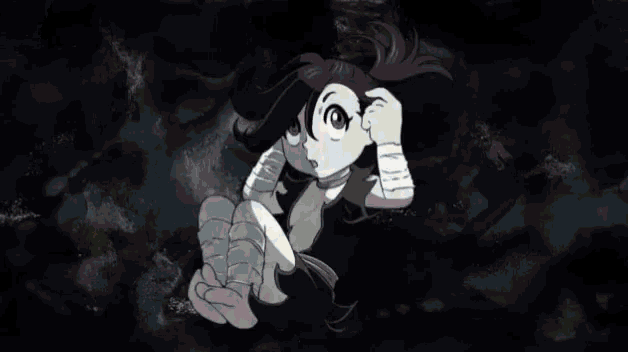
While Dororo features many bloody and violent scenes, this adds to the gritty portrayal of the harsh world the characters inhabit. The anime masterfully conveys that life in this era wasn’t easy, and it’s the way people cope with their challenges that ultimately shapes them. One of the key themes of the series is the exploration of moral ambiguity. It challenges the idea of clear-cut “good” and “evil” by showing that people are more complex, with each individual existing in shades of gray. A good person might do bad things, and a bad person might do good things, depending on the circumstances.
Overall, Dororo is a compelling anime that blends action, historical drama, and moral dilemmas. It offers a deep, thought-provoking narrative while delivering thrilling battles and emotional moments. If you’re drawn to anime with complex characters, moral complexity, and high-quality action, Dororo is definitely worth watching. Whether or not you decide to watch it, the choice is yours!

